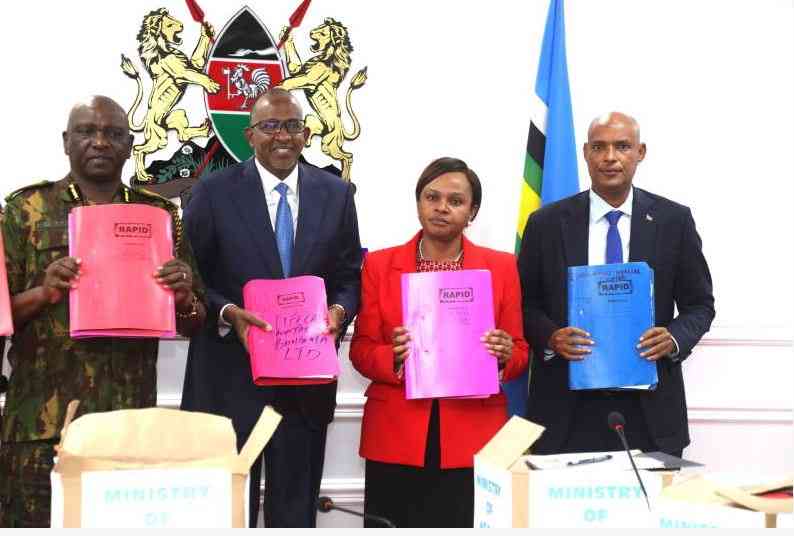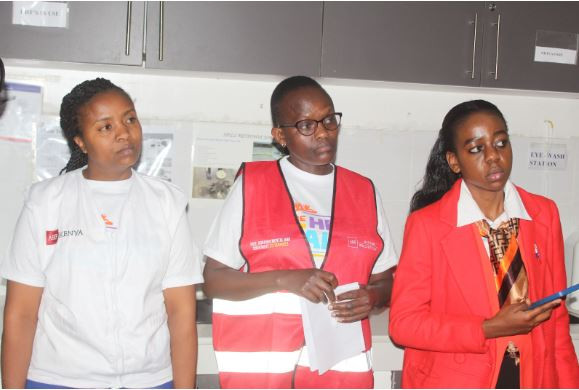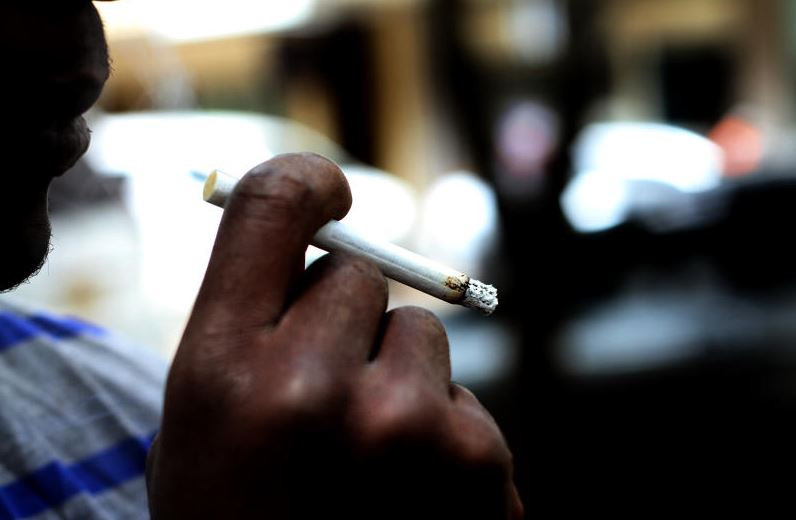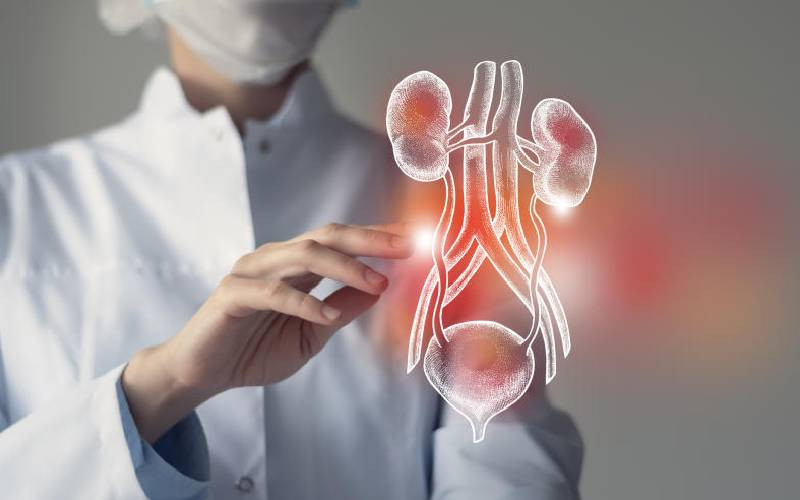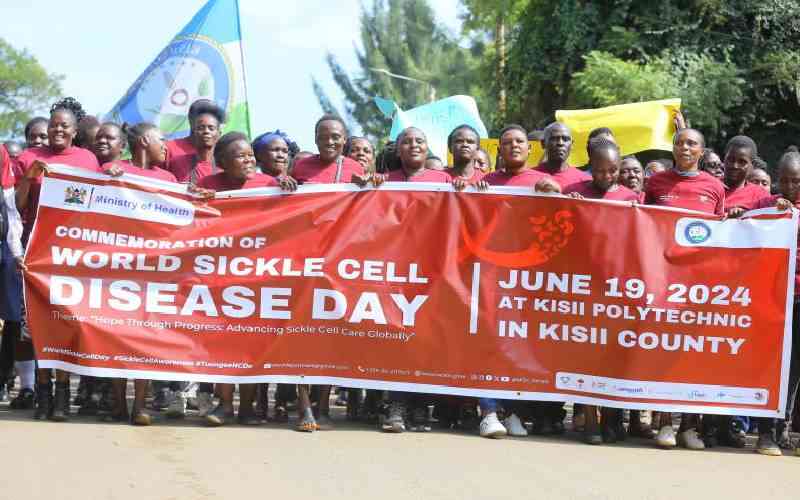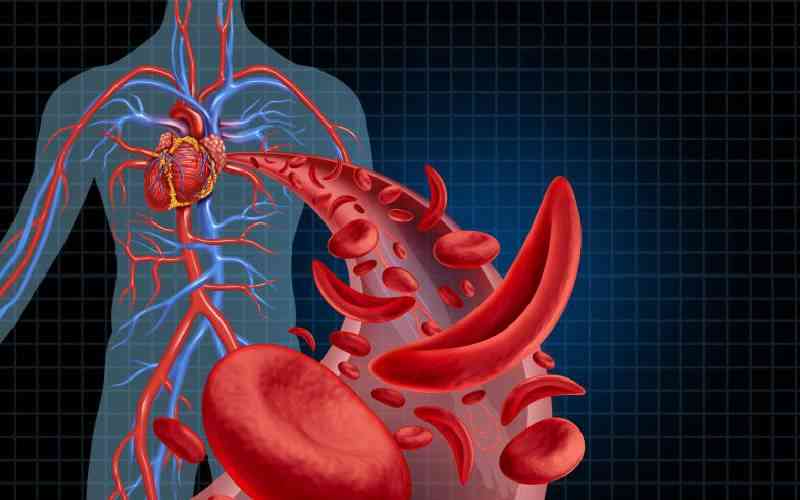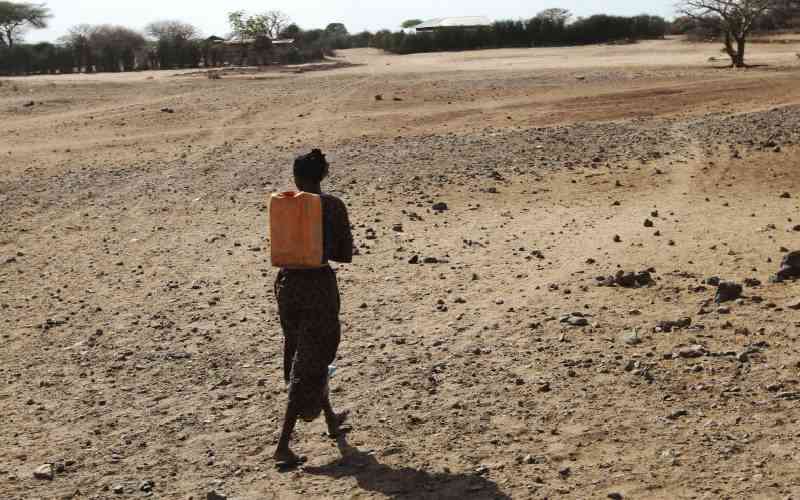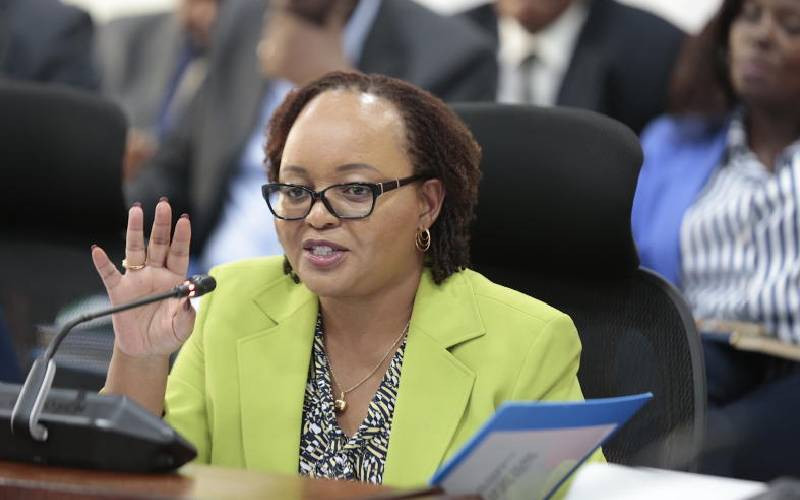
Kirinyaga County Government has allocated Sh58 million to the management of hypertension, which has recorded more than 17,000 cases.
The County Director of Health Services in Kirinyaga County Esbon Gakuo, said the funds will be used to raise awareness and improve access to care for the patients.
Dr Gakuo said that many people are unaware they are living with hypertension until complications arise. He spoke during the commemoration of World Hypertension Day at the Jevanjee Gardens in Kerugoya.
He called on residents to embrace regular blood pressure screening, warning that hypertension continues to silently claim lives across the region.
“It is estimated that over 80,000 people are living with hypertension in Kirinyaga, but only 17,000 are currently accessing care and treatment. People should embrace regular screening to avoid complications such as stroke or even death,” Gakuo said.
In Kirinyaga, more than 17,000 cumulative cases have been reported over the years, with 2024 alone registering 3,760 new cases, up from 2,998 cases reported in the previous year. Dr Gakuo pointed out that the rising burden of hypertension is linked to poor diets, sedentary lifestyles, alcohol abuse, and tobacco use.
Hypertension is a leading cause of cardiovascular diseases, which are the second most common cause of death in Kenya.
- Silent killers: Diabetes, kidney disease and hypertension link
- Stubborn high blood pressure: When treatment just won't work
- Siaya seeks to boost access to diabetes, hypertension medication
- Obesity is no longer a condition of the wealthy, it's now everyone's fight
Keep Reading
Kirinyaga County has intensified efforts to manage hypertension through various interventions that include raising awareness on screening in order to put those affected in the required treatment and management plan.
Governor Anne Waiguru has been implementing a robust programme aimed at creating awareness and enhancing treatment of hypertension, among other lifestyle diseases.
Waiguru’s administration has integrated blood pressure monitoring in more than 75 health facilities across the county and set up specialised hypertension clinics at Kerugoya, Kimbimbi, Kianyaga, and Sagana Level 4 hospitals to offer focused care.
Each financial year, the county also allocates over Sh83 million for non-communicable diseases, out of which Sh58 million is dedicated to managing hypertension alone, a burden that may keep increasing if residents do not embrace preventive measures.
Waiguru has consistently been calling on the county residents to embrace healthy lifestyles through proper diet and exercising;-She is currently spearheading a fish farming project aimed at increasing fish production so as to make it an affordable and available source of white meat for the residents.
Residents have also been urged to adopt healthier habits that include reducing salt intake, quitting tobacco, cutting down on alcohol, and increasing physical activity.
Community Health Promoters (CHPs) have also been deployed to assess and screen people in villages, improving early detection at the grassroots level.
Alice Muriuki, a community health promoter who has lived with hypertension for 15 years, shared her experience.
“I was diagnosed in 2015. With the help of doctors and medicine, I have managed the disease. I encourage others to go for screening and follow medical advice,” she said.
Another resident, Ruth Wanjiku, 58, recounted her early struggles with denial. “At first, I refused to believe I had hypertension and didn’t take medication. But after attending clinics at Kerugoya Referral Hospital, I was educated on how treatment prevents stroke and kidney failure. Now I never miss a dose,” she said.
 The Standard Group Plc is a multi-media organization with investments in media
platforms spanning newspaper print
operations, television, radio broadcasting, digital and online services. The
Standard Group is recognized as a
leading multi-media house in Kenya with a key influence in matters of national
and international interest.
The Standard Group Plc is a multi-media organization with investments in media
platforms spanning newspaper print
operations, television, radio broadcasting, digital and online services. The
Standard Group is recognized as a
leading multi-media house in Kenya with a key influence in matters of national
and international interest.

